Potential market
Japan is currently the third largest export market for agricultural, forestry and fishery products of Vietnam, with an average growth rate of more than 6%/year over the past 10 years. This country accounts for nearly 7% of agricultural, forestry and fishery export turnover, reaching more than 4 billion USD in 2024. Agricultural and fishery products with high demand in Japan include: seafood (shrimp, tra fish, basa fish); roasted and ground coffee, instant coffee; packaged fragrant rice (Japonica rice, ST25, ST24). In addition, fresh and processed vegetables and fruits, including fresh fruits such as lychee, mango, dragon fruit, and longan, have been supported and favored by consumers in Japan.
Agricultural and aquatic products, food, and healthy drinks... are products favored by the Japanese market.
Mr. Ta Duc Minh, Vietnam Trade Counselor in Japan, said: “In 2024, the volume of rice imported from Vietnam will increase nearly 10 times compared to 2023. And in just the first 5 months of 2025, imported rice has exceeded the total import volume for the whole year of 2024 and the export volume to Japan is continuing to increase. In addition, many Vietnamese products such as cashew nuts, fragrant rice, dried fruits, etc. are now available at AEON, Don Quijote, Ito Yokado chains - a system of more than 5,000 retail points across Japan.”
In the first 6 months of 2025, the Vietnam Trade Office in Japan organized many trade promotion events with many results. For example, in March 2025, the Trade Office organized a Vietnamese pavilion in Japan, thereby connecting major importers. In June 2025, participating in the Vietnam Festival in Tokyo, displaying fresh lychees, coffee, fruit juices, combining with a business delegation from the Trade Promotion Agency to trade. In addition, the Vietnamese Goods Week at AEON was supported throughout, helping businesses reach real consumers.
In addition to trade promotion activities, according to experts, opportunities to penetrate the Japanese market are still wide open if businesses make good use of free trade agreements (FTAs) that Vietnam has signed such as CPTPP, RCEP... This is the key for businesses to create clear advantages in the context of increasingly fierce competition.
Grasp consumer tastes
In addition to the potential and opportunities, the Japanese market requires strict standards: complete documents, food safety certification according to Global GAP, HACCP standards... This process requires businesses to spend a long time, from 6-12 months to complete the Japanese standard documents. On the other hand, Japan has a strong domestic protection policy and requires strict delivery schedules. Over 95% of Japanese importers highly value punctuality, considering it a decisive factor in keeping the contract. In addition to complying with and meeting the requirements set by Japanese importers, businesses also have to compete with countries that also have FTAs with Japan.
From that reality, many experts believe that Vietnamese enterprises need to develop a systematic and long-term business orientation and plan for the Japanese market. Mr. Ta Duc Minh noted: When exporting goods to the Japanese market, enterprises need to focus on upgrading production processes, technology, management methods, labor standards, and factory conditions to meet the technical, social and environmental standards set for products and services in this market. Thereby, contributing to increasing the competitiveness of their products, goods and services; reducing dependence on raw exports.
For example, according to Mr. Ta Duc Minh, for agricultural and aquatic products, it is necessary to focus on upgrading processing technology, quality control; packaging with sufficient information (in Japanese), simple, sophisticated to suit the tastes of Japanese consumers... Especially for seasonal products, the products need special preservation requirements. Therefore, it is necessary to continue researching post-harvest preservation so that the products reaching Japanese consumers still ensure the form, quality, and time of use.
Potential industries in Japan are health and beauty care products and services; clean technology and sustainable development; technological solutions for the aging population; healthy food and drinks, etc. Therefore, it is necessary to take advantage of the support of ministries, localities, and industry associations in trade promotion. In particular, it is necessary to pay attention to attending international fairs and exhibitions held in Japan, because this is the best opportunity to introduce products and goods to potential partners.
With many years of experience supporting business connections in the Japanese market, according to Ms. Tran Thi Khanh, founder of Vietnam - Japan Link Joint Stock Company - VIJA Link, there are 4 reasons why Vietnamese businesses fail when entering the Japanese market. First, due to lack of preparation in terms of culture - thinking - standards - people - finance. Second, short-term thinking, wanting to "close the deal quickly". Third, incorrect communication, possibly due to mistranslation or not understanding the meaning "behind the words". Fourth, there is no one to act as a "bridge" and accompany.
“Therefore, to approach this market well, businesses need to carefully research the market, customer segments, goals, products, prepare professional documents, and websites aimed at Japanese customers. At the same time, take advantage of support networks from the Government and experts who are familiar with the Japanese market. In particular, we should localize products, adjust packaging, design, and instructions according to Japanese standards. It is minimalist but unique, authentic, and sophisticated, while combining traditional, innovative, and convenient elements,” Ms. Tran Thi Khanh shared her experience.
Article and photos: MY THANH
Source: https://baocantho.com.vn/tan-dung-thoi-diem-vang-day-manh-xuat-khau-vao-thi-truong-nhat-ban-a188365.html



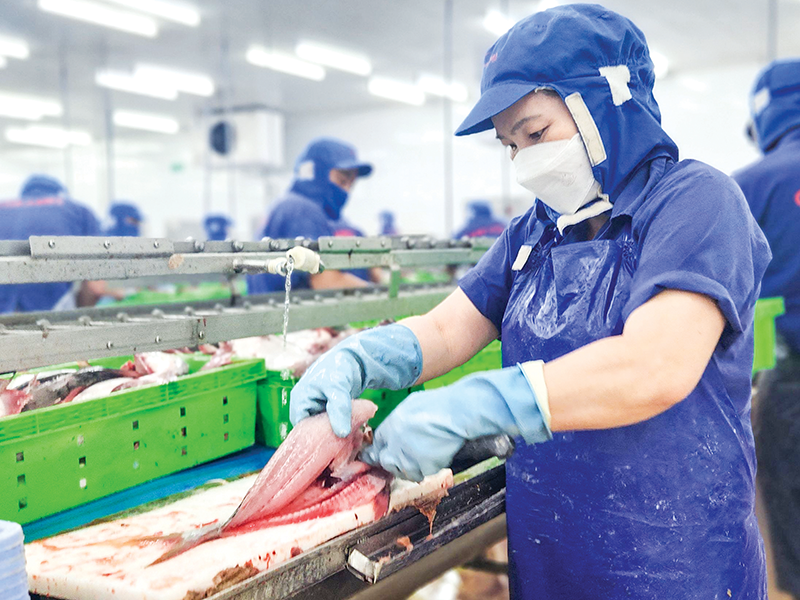
![[Photo] Hanoi: Authorities work hard to overcome the effects of heavy rain](https://vphoto.vietnam.vn/thumb/1200x675/vietnam/resource/IMAGE/2025/8/26/380f98ee36a34e62a9b7894b020112a8)



![[Photo] Multi-colored cultural space at the Exhibition "80 years of the journey of Independence - Freedom - Happiness"](https://vphoto.vietnam.vn/thumb/1200x675/vietnam/resource/IMAGE/2025/8/26/fe69de34803e4ac1bf88ce49813d95d8)



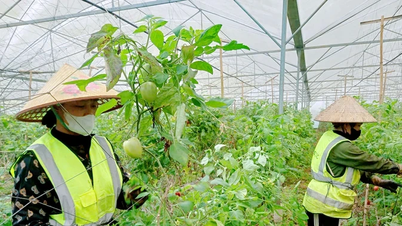

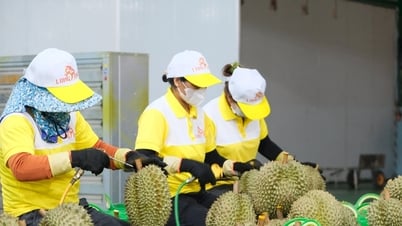
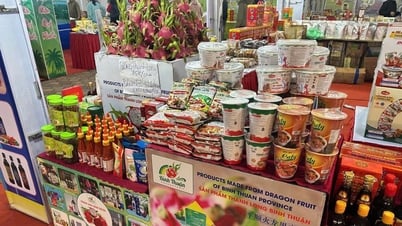





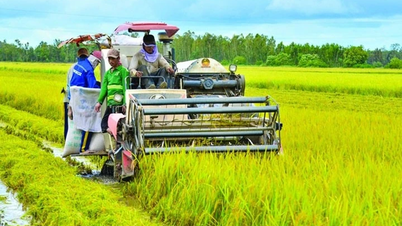
















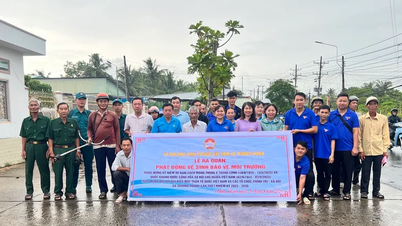
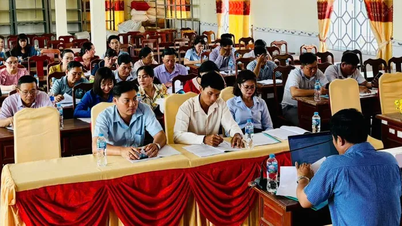


























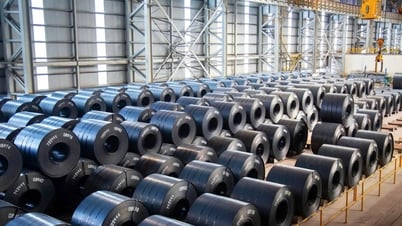






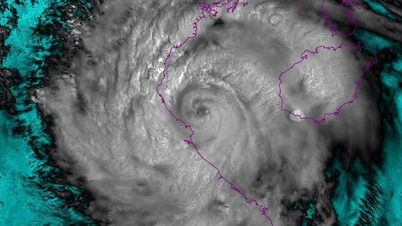







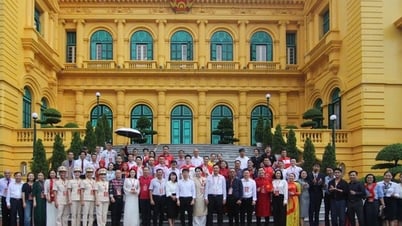




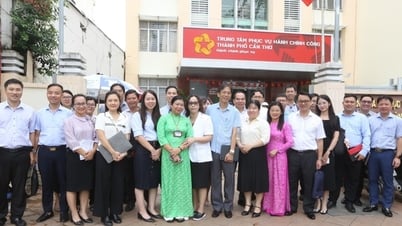
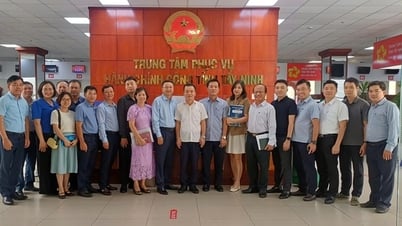








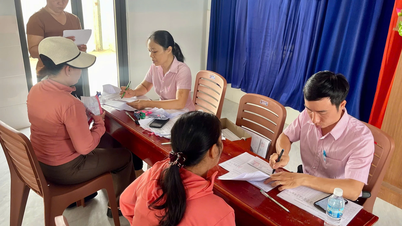





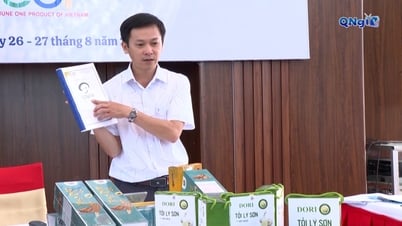



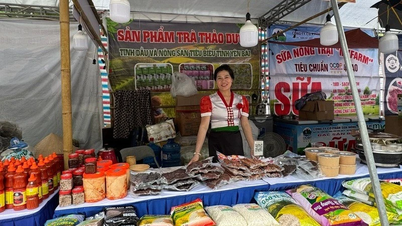






Comment (0)